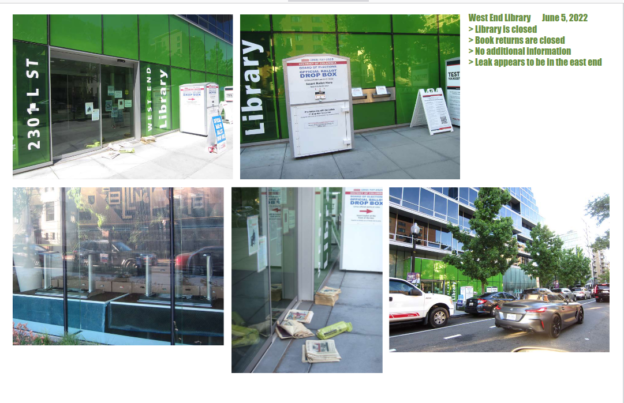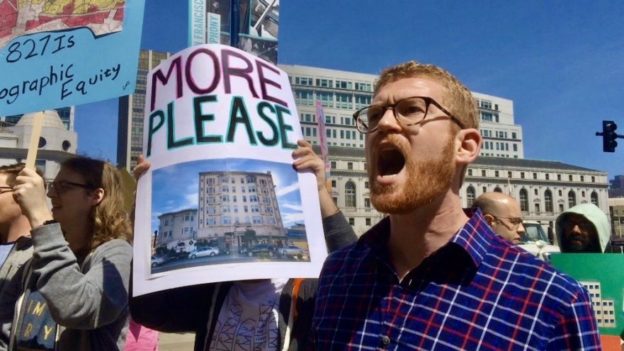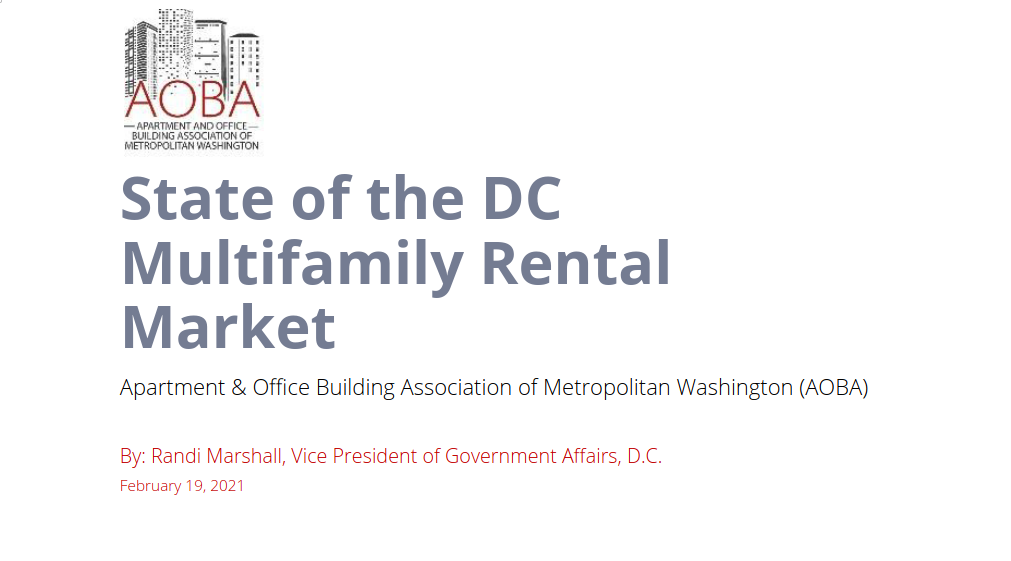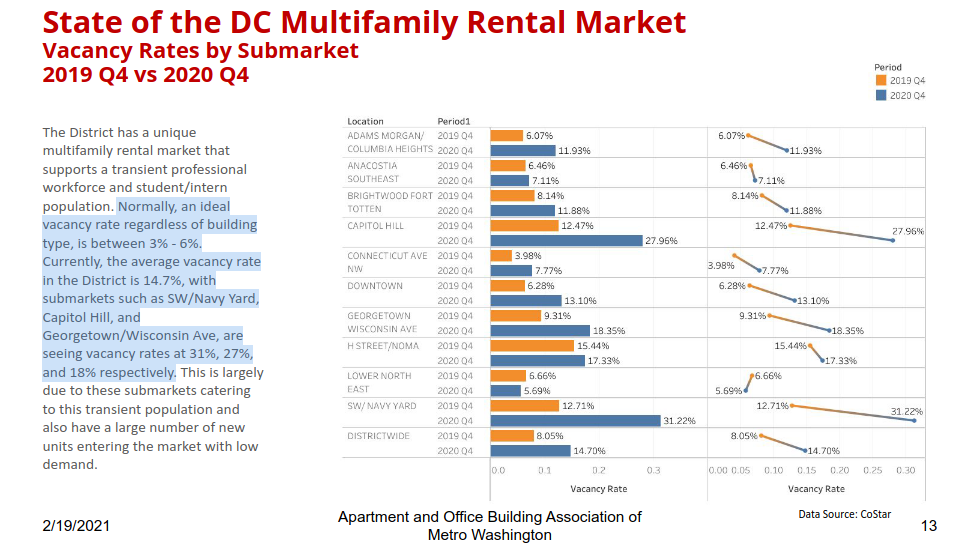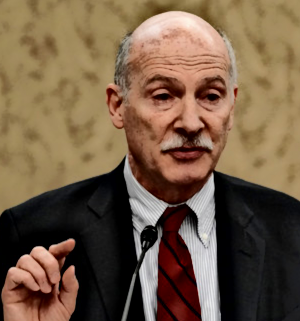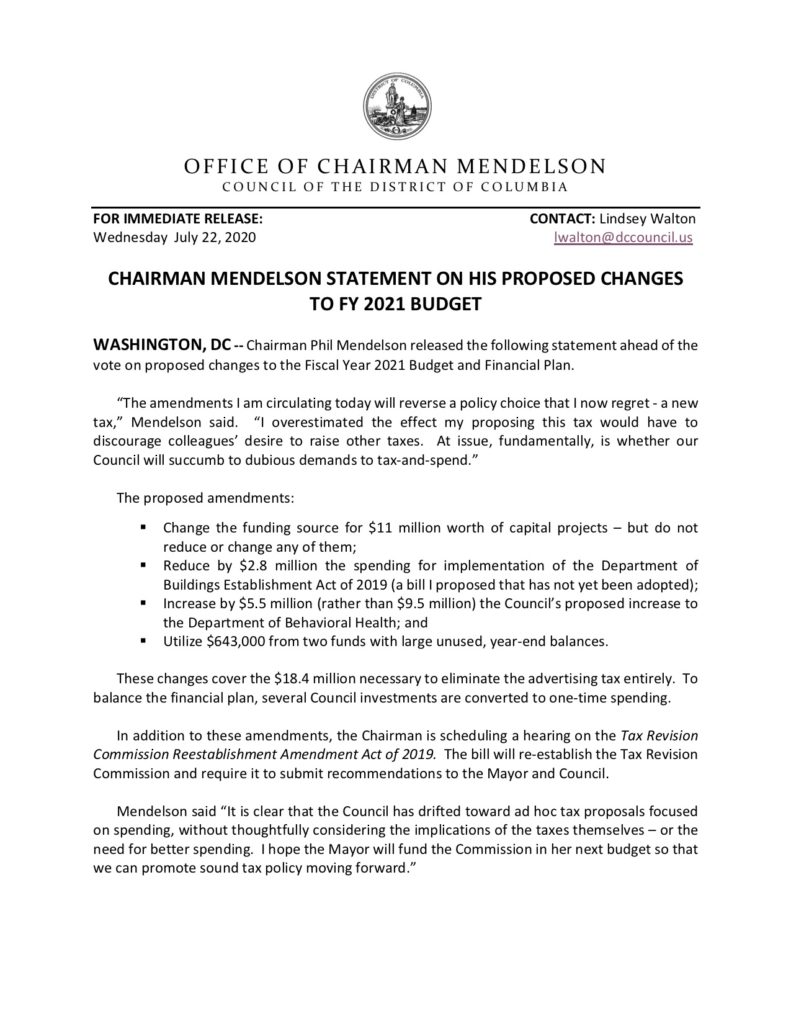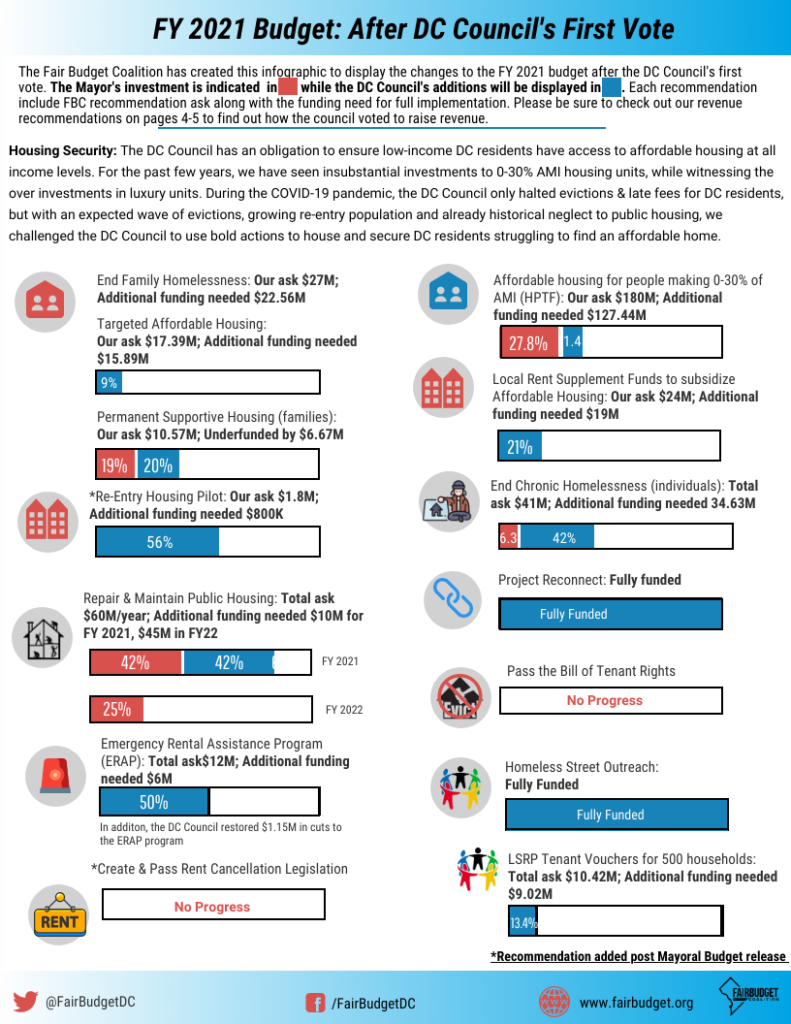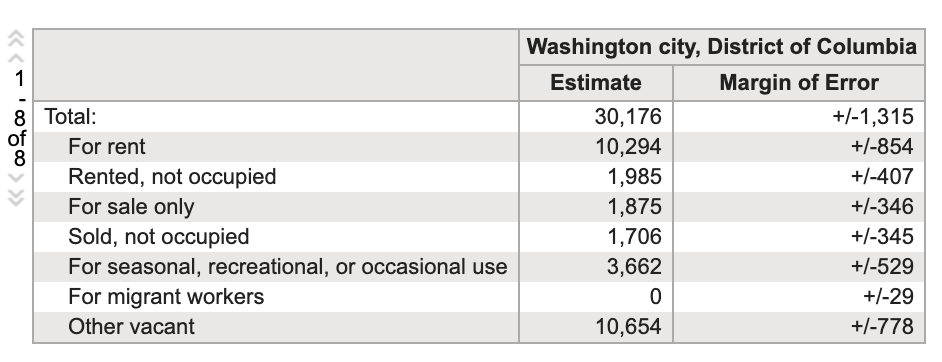
Quoting the architect of the MLK renovation Francine Houben of Mecanoo who in the February 2022 issue of World Architects said:
I never thought it was a good idea to add a residential volume on this particular public building. A library — a public building — has very different ownership, maintenance, and sustainability issues than a residential building. In the end DC Libraries canceled that idea, and changed direction. I think that was a good decision on the part of the city.
Francine Houben, Architect for MLK Library renovation
Ms. Houben’s statement rang true in spring 2022 at the West End Library (closed for nearly 2 months due to trouble with private housing units built above the library)
. . . cited from the source emails . . .
———- Forwarded message ———
From: Robert Oliver <lrlfriends2017@gmail.com>
Date: Sat, May 7, 2022, 8:55 AM
Subject: Temporary Closure of West End Library
To: DCPLFRiends <dcplfriends@googlegroups.com>
Dear Members, I am sharing DCPL’s official statement on the temporary closure of the West End Library.
Due to a maintenance emergency, the West End Neighborhood Library will be closed for the next several weeks starting May 4. We will send an update when we have a specific reopening date.
Due dates for library materials checked out from the West End Library have been extended until reopening. Customers with active holds will be notified where to pick up their items next week, once they are moved.
Martha Saccocio
DC Public Library Director, Community Engagement
(202) 604-8241 (M)
DCPL ATTACHMENT BELOW:
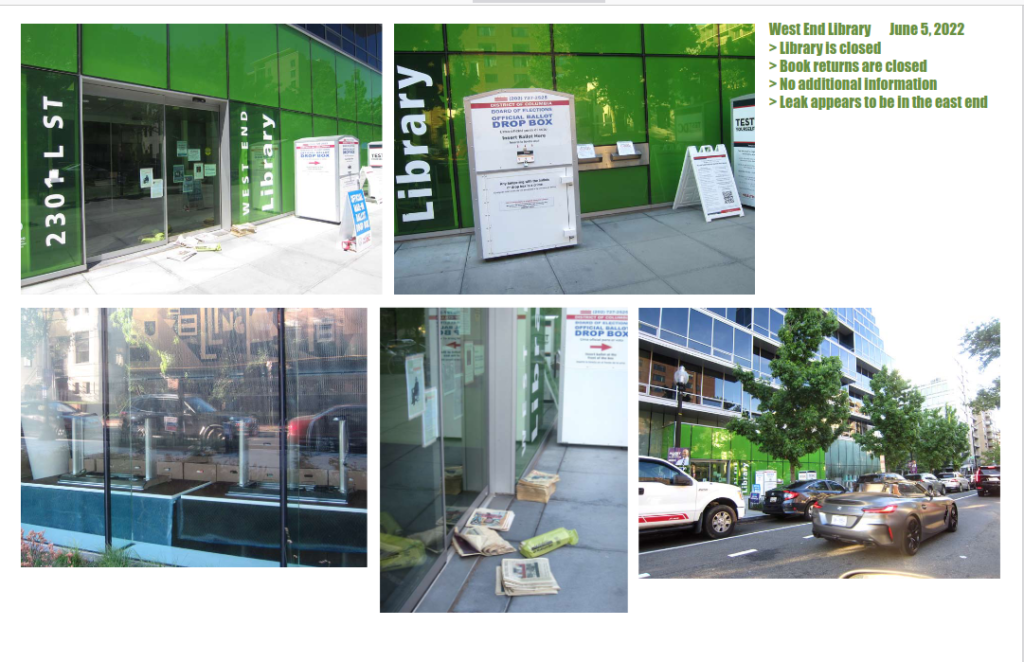
———- Forwarded message ———
From: Pinto, Brooke (Council) <bpinto@dccouncil.us>
Date: Sat, May 14, 2022, 10:16 PM
Subject: RE: Temporary Closure of West End Library
To: robin diener <robinsdiener@gmail.com>, Hanson, Ella (Council) <ehanson@dccouncil.us>, Romanowski, Brian (Council) <bromanowski@dccouncil.us>
Robin – the information I received was that the damage was from an apartment above that led to water damages in the library. The repairs should take about 4-6 weeks (hopefully sooner!).
My best, Brooke
Brooke Pinto
Councilmember, Ward 2
1350 Pennsylvania Avenue NW, Suite 106 Washington DC 20004
Office: 202-724-8058 Email: bpinto@dccouncil.us
From: robin diener
Sent: Saturday, May 14, 2022 5:57 PM
To: Pinto, Brooke (Council) <bpinto@DCCOUNCIL.US>; Hanson, Ella (Council) <ehanson@DCCOUNCIL.US>; Romanowski, Brian (Council) <bromanowski@DCCOUNCIL.US>
Subject: Fwd: Temporary Closure of West End Library
Hello CM Pinto,
No one seems to know what’s up with the West End Library. Several weeks of “emergency maintenance” sounds bad. The library was built under a public private partnership. Perhaps that explains the terse notice. It is a public library, however, and information should be available to its owners – the public.
Hope you can find out for us.
Thank you,
Robin Diener 202 431-9254
——- Forwarded message ———
From: robin diener <robinsdiener@gmail.com>
Date: Wed, May 25, 2022 at 6:14 PM
Subject: Housing over libraries
To: Romero, Gary A. (DCPL) <gary.romero@dc.gov>, Board of Library Trustees (DCPL) <BoardOfLibraryTrustees@dc.gov>, Richard Reyes-Gavilan (DCPL) <Richard.Reyes-Gavilan@dc.gov>, Saccocio, Martha (DCPL) <martha.saccocio@dc.gov>, Robert Oliver <lrlfriends2017@gmail.com>
In my capacity as Executive Director of the DC Library Renaissance Project
Housing Over Libraries
The latest difficulty (there have been several but this time it is flooding from a private living unit overhead) at the West End Library would seem to call for a hearing or roundtable on the pros and cons of housing being built over libraries, and of Public-Private Partnerships (ppp’s) generally. With three libraries — Deanwood, Rosedale and Northwest One — all proposed to be rebuilt with housing over them, we need a full understanding of what happened at West End and how we ensure it not happen again is needed. Options for our public library buildings such as combining with other civic uses should also be considered, as well as a complete understanding of land ownership and financing possibilities.
Under the Chevy Chase Small Area Plan recently published by OP, we have a large enough public property to combine the two civic uses — library and community center — together in one new building, while constructing affordable housing on the rest of the property around it, and thus avoid the potential for problems such as have occurred at West End. This exact concept was developed by Ward 3 Vision and is included in the Small Area Plan as one of three options. DCPL should endorse the concept proposed by Ward 3 Vision, and make clear that it is the best option for the Chevy Chase Library.
I would like to quote architect of the MLK renovation Francine Houben of Mecanoo who in the February 2022 issue of World Architects said: I never thought it was a good idea to add a residential volume on this particular public building. A library — a public building — has very different ownership, maintenance, and sustainability issues than a residential building. In the end DC Libraries canceled that idea, and changed direction. I think that was a good decision on the part of the city.
For now, we can avoid the issues experienced at the West End Library simply by not putting public and private together in one structure, an option open to us at Chevy Chase because of the size of the property. In view of the likely limited size of the other libraries being contemplated for housing over them, further examination is needed, and can and should be had.
Thank you
Robin Diener
Library Renaissance Project
202 431-9254

